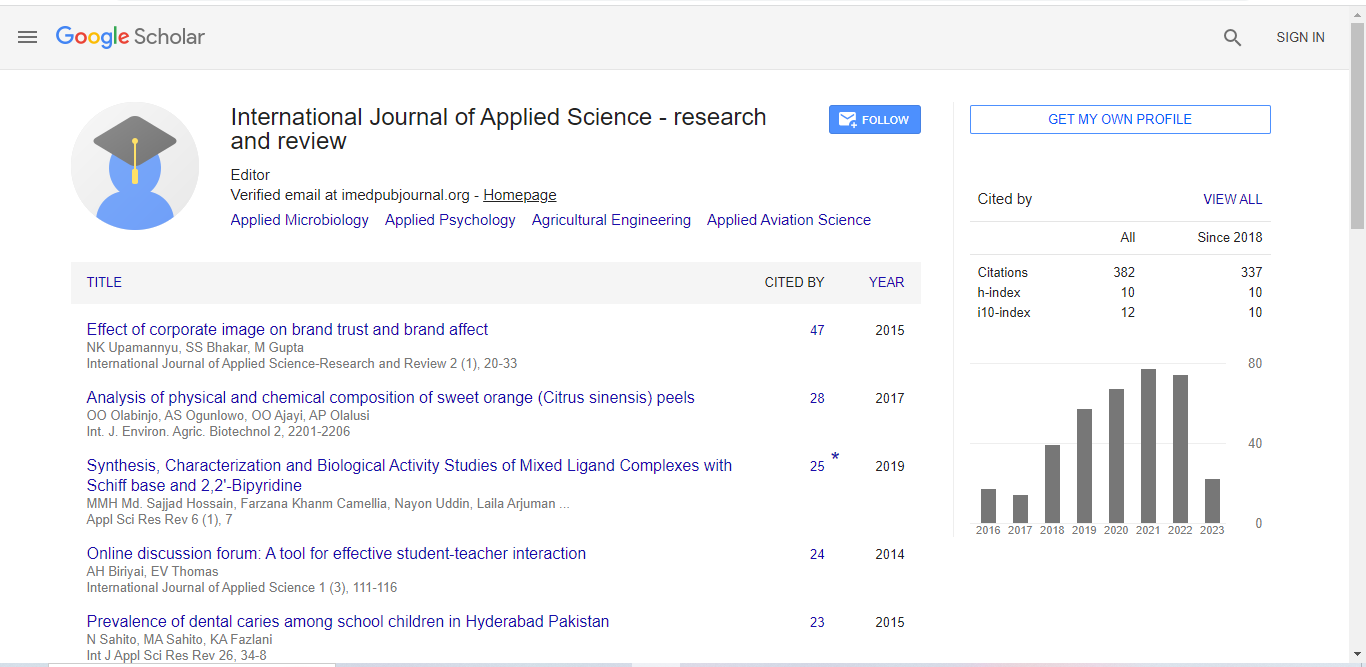Commentary Article - (2024) Volume 11, Issue 4
Refining Reclaimed Asphalt Pavement Fine Aggregates: A Hierarchical Multi-Attribute Classification Approach
Quentin Veer*
Department of Applied Science, Kyung Hee University, South Korea
*Correspondence:
Quentin Veer,
Department of Applied Science, Kyung Hee University,
South Korea,
Email:
Received: 31-Jul-2024, Manuscript No. IPIAS-24-21461;
Editor assigned: 02-Aug-2024, Pre QC No. IPIAS-24-21461 (PQ);
Reviewed: 16-Aug-2024, QC No. IPIAS-24-21461;
Revised: 21-Aug-2024, Manuscript No. IPIAS-24-21461 (R);
Published:
28-Aug-2024, DOI: 10.36648/2394-9988-11.4.33
Description
The application of Reclaimed Asphalt Pavement (RAP) fine aggregate
in construction, guided by the Hierarchical Multi-attribute
Classification (HMAC) design concept, represents an innovative approach
to sustainable materials engineering. RAP, which consists of
recycled asphalt from old pavements, is increasingly recognized for
its environmental and economic benefits in road construction and
maintenance. By integrating the HMAC design concept, researchers
aim to enhance the performance and usability of RAP fine aggregates,
contributing to more sustainable construction practices.
The HMAC design concept is a systematic approach that evaluates
multiple attributes of materials based on hierarchical levels of
importance. In the context of RAP fine aggregates, this concept
involves assessing various characteristics of the recycled material,
such as gradation, binder content, durability, and environmental
impact. By applying HMAC principles, researchers can prioritize
these attributes according to their relevance and influence on the
overall performance of the aggregate in construction applications.
One of the primary benefits of using RAP fine aggregates is the
reduction in the demand for virgin materials, which supports sustainability
and resource conservation. However, the quality and
performance of RAP can vary significantly based on factors such as
the source of the original asphalt, the processing methods used,
and the specific application in which it is employed. To address
these variations, the HMAC design concept provides a structured
framework for evaluating and optimizing RAP fine aggregates. In
practice, the application of the HMAC design concept involves several
key steps. First, researchers conduct a thorough assessment
of the RAP material, analyzing its physical and chemical properties.
This includes examining the aggregate’s gradation, which affects
its performance as a base or surface layer in pavements. The binder
content in RAP is also evaluated, as it influences the material’s
stability and strength. Next, the HMAC framework prioritizes these
attributes based on their impact on performance and suitability
for specific applications. For instance, in applications where high
durability and resistance to deformation are critical, the gradation
and binder content of RAP may be given higher priority. The hierarchical
approach allows researchers to focus on the most significant
factors that affect the aggregate’s performance, leading
to more targeted and effective improvements. Another important
aspect of the HMAC design concept is the consideration of environmental
impact. RAP fine aggregates contribute to sustainability
by reducing the need for new raw materials and minimizing waste.
However, their use must be balanced with considerations such as
potential environmental concerns related to the processing and
handling of the recycled material. The HMAC framework incorporates
these factors into the evaluation process, ensuring that
the environmental benefits are maximized while minimizing any
adverse effects. The integration of HMAC principles in the application
of RAP fine aggregates also facilitates the development of
guidelines and standards for their use in construction. By establishing
clear criteria for evaluating and selecting RAP materials, the
HMAC design concept helps ensure consistent quality and performance
across different projects. This is particularly important for
maintaining the reliability and safety of infrastructure built with
recycled materials. Furthermore, the HMAC approach supports
continuous improvement and innovation in the use of RAP fine
aggregates. As new technologies and processing methods emerge,
the hierarchical evaluation can be updated to incorporate the latest
advancements and best practices. This dynamic aspect of the
HMAC design concept ensures that the application of RAP remains
aligned with evolving standards and industry requirements.
Acknowledgement
None.
Conflict Of Interest
The author declares there is no conflict of interest in publishing
this article.
Citation: Veer Q (2024) Refining Reclaimed Asphalt Pavement Fine Aggregates: A Hierarchical Multi-attribute Classification Ap�proach. Int J Appl Sci Res Rev. 11:33.
Copyright: © 2024 Veer Q. This is an open-access article distributed under the terms of the Creative Commons Attribution License, which permits unrestricted use, distribution, and reproduction in any medium, provided the original author and source are credited.

